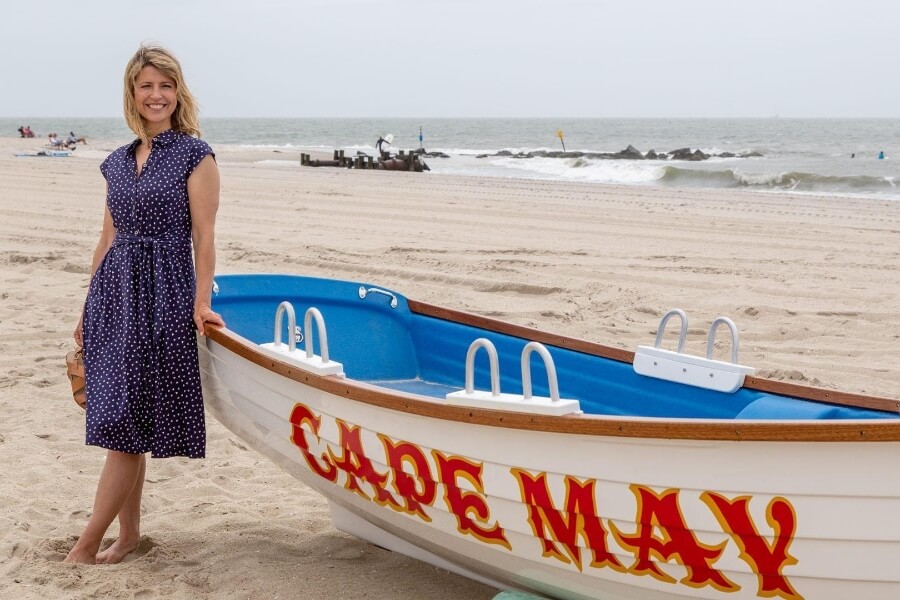“If you keep a glass of wine in each hand, you can’t accidentally touch your face.”
“It’s COVID-19 coffee. It’s just like normal coffee but it has a margarita in it and also no coffee.”
“Me drinking home alone 2019: Sad, disturbing, loser. Me drinking home alone 2020: Citizen, inspiration, hero.”
These are just a few of the many, many jokes about copious COVID drinking that have made the rounds this year. In addition to “wear a mask” and “maintain social distance,” it seems that the most common advice for getting through the pandemic comes down to this: “Drink past it.”
Indeed, recent global data have suggested that alcohol sales for beer, wine, and spirits has risen by a staggering 291 percent.
Read More: Why You May Want to Go Alcohol-Free Once a Week
Alcohol and COVID
But here’s the thing that makes all of this joking and drinking and joking about drinking not so funny: A new study by the National Institute on Alcohol Abuse and Alcoholism (NIAAA) shows that alcohol-related deaths on are the rise, increasing fastest among women in the 45 to 54 age group and 55 to 64.
The study also revealed that while men continue to die at higher overall rates from alcohol, alcohol-related death rates grew by 85 percent for women between 1999 and 2017, compared to men’s 35 percent increase during that period.
And significantly, this research on death rates was done before the pandemic, before anyone was pouring and pouring and pouring “Quarantinis.”
Binge Watching, Binge Drinking
Every year, about three million deaths worldwide are linked to booze, making too much alcohol one of the leading causes of preventable death.
Only time will tell how pandemic drinking will impact these stats (and we kind of shiver to see them). “The potential public health effects of long-term isolation on alcohol use and misuse are unknown,” write Matt Parker and Lorenzo Stafford, from the University of Portsmouth in the U.K., who are leading a separate study on social isolation during the pandemic that they’re calling, maybe too cutely, AlCovid-19.
The NIAAA study suggests that alcohol use is growing more among middle-aged and older adults than among younger drinkers. Our 50-plus crowd is not just binge watching The Crown and The Last Kingdom; we’re also increasingly binge drinking sauvignon blanc, scotch and the like, more so than the college kids we traditionally think of as the ones who go on drinking sprees.
The Fall Out
“The consistently high rates of alcohol-related deaths among middle-aged and older drinkers are concerning given the increasing size of the aging population,” say the authors of the NIAAA study.
One of the most worrisome aspects of drinking too much among older people is the risk of falling. “Because alcohol impairs balance and coordination more in older than younger drinkers, alcohol either alone or in combination with other substances could contribute to falls at lower doses as people age,” say the authors. The CDC estimates that alcohol contributes to 32 percent of all fatalities from falls in the U.S.
We know it’s been a tough year, and we’ve often looked for solace in a bottle. But let’s be aware of the long-term impact of all that alcohol, and with any luck (and a cohesive plan for tackling COVID and calming our divisive country) 2021 can be a drier year.
Read More: Quitting Drinking Cold Turkey: Confessions of a Former Party Person





















0 Comments